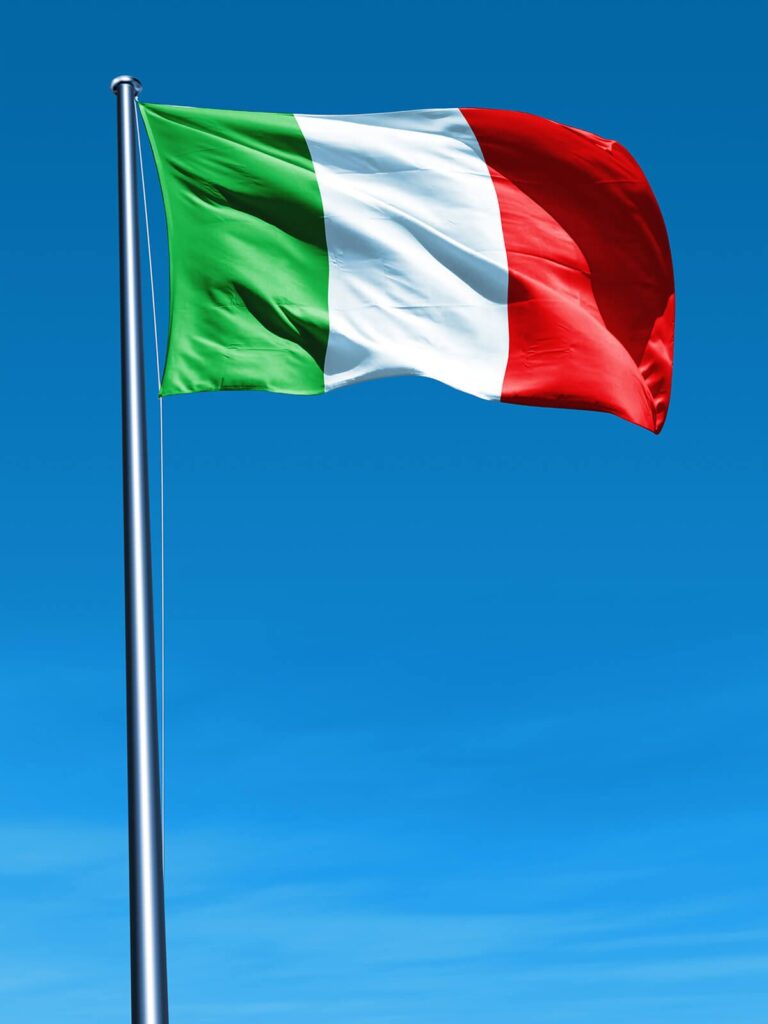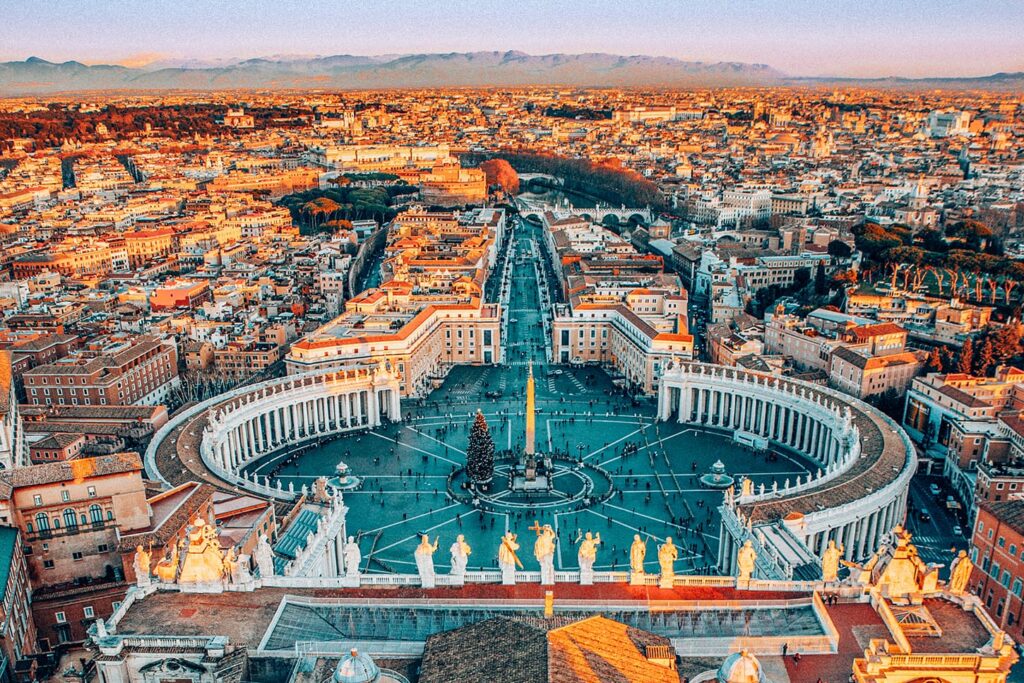Italy
I lived in Italy for 8 years. where I immersed myself in the culture, learned the language, and developed a deep appreciation for Italian art, cuisine, and lifestyle.”
LET´S KNOW THE TOP THINGS BEFORE VISITING ITALY
WHERE IS ITALY?
Yes, of course! Italy is located in southern Europe, It is situated on the Italian Peninsula, which extends into the Mediterranean Sea. To the north, Italy shares its borders with France, Switzerland, Austria, and Slovenia. It is also surrounded by the Mediterranean Sea, including the Tyrrhenian Sea to the west, the Ionian Sea to the south, and the Adriatic Sea to the east. Italy is known for its rich history, art, culture, and beautiful landscapes, including iconic cities like Rome, Florence, Venice, and Milan.
ITALY FLAG?

The Italian flag is a simple and iconic design, and it was officially adopted as the national flag of Italy on January 21, 1919, following the unification of the country in the 19th century. The colors of the Italian flag can also be interpreted as representing hope (green), faith (white), and charity (red).
Green: The left stripe is green and represents the country’s plains and hills.
White: The middle stripe is white and symbolizes the snow-capped Alps and the purity of the Italian people.
Red: The right stripe is red and stands for the bloodshed in the Wars of Italian Independence and the unification of Italy.
WHAT IS THE CAPITAL OF ITALY?

The capital of Italy is Rome. Rome is not only the capital of Italy, but it is also one of the most historical and culturally significant cities in the world. Founded in 753 BC, Rome has been the center of the Roman Empire, the Catholic Church, and the Renaissance. It is home to numerous landmarks and attractions, such as the Colosseum, the Pantheon, the Vatican City, and the Trevi Fountain, just to name a few. Rome is also famous for its art, architecture, fashion, and cuisine.
BEFORE VISITING ITALY
- Obtain a Passport and Check Visa Requirements:
Ensure you have a valid passport and check visa requirements on the Italian embassy website. To travel to Italy, it is important to have a valid passport. Additionally, depending on your nationality, you may need a visa to enter Italy. To determine the specific requirements and apply for a visa if necessary, check the Italian embassy or consulate website in your home country. will help you decide if you need to apply for a visa based on your nationality, country of residence, reasons for your visit, and length of stay. If you need a visa for Italy, you will be provided with all the information and forms needed to submit your application.
Please visit this site to apply for a visa to Italy

2. Plan Your Itinerary and Book Flights:
Decide on the cities or regions you want to visit in Italy. Some popular destinations include Rome, Venice, Florence, Milan, and Verona.
Determine the duration of your trip and book a flight to Italy using online
Search for flights to Italy using online travel agencies, airline websites, or a travel agent. To get cheap flight tickets to Italy, it is recommended to book your flights 4-5 months in advance of your journey. You can book your flights through online travel agencies, airline websites, or travel agents. The off-season months for traveling to Italy are typically January, February, and November. Consider factors like budget, layovers, and the closest airport to your destination in Italy.
3. Accommodation:
It’s always a good idea to research and book your accommodations in advance, whether you prefer hotels, hostels, or vacation rentals. Additionally, exploring different cities or regions during your trip can also be a great way to get the most out of your travel experience.
If you’re planning a trip to Italy, some of the top accommodation and hotel websites you might want to check out include booking.com, Airbnb.it, trivago.it, Expedia.it, and Simplebooking.it.
4. Learn Basic Italian Phrases:
While many Italians in tourist areas speak English, it’s helpful and polite to learn some basic Italian phrases such as greetings and asking for directions.
The basic Italian phrase
Basic Italian greetings
Ciao ( Hello/Bye)
Buongiorno! (Good morning!)
Buona sera! (Good evening!)
Buona notte! (Good night!)
Come stai? (How are you?)
Stai bene? (Are you all right?)
Cosa c’è di nuovo? (What’s up?)
Che cosa stai facendo? (What do you do?)
5. Travel Insurance:
Consider purchasing comprehensive travel insurance that covers trip cancellations, medical emergencies, lost luggage, and other unexpected events. if you can travel to Italy visa-free, then travel insurance is not mandatory – although it is strongly advisable. you need a Schengen Visa to enter Italy, you must have valid travel insurance to apply for the Italian visa in the first place. However,
Italy Travel Visa Insurance Requirements
Because Italy is part of the Schengen Zone, you have to get an insurance policy that meets the Schengen travel insurance requirements. As such, it must be valid through the entire Schengen Zone and cover a minimum of €30,000 in medical expenses.
Please visit this to get more information
6. Local Transportation:
When traveling to Italy, it’s important to research the local transportation options available to you. Trains, buses, and subways are commonly used for getting around cities and regions. Additionally, it’s a good idea to familiarize yourself with Italian customs, etiquette, and local laws before your trip. If you’re trying to save money during your trip to Italy, using public transport is a great option. It’s much cheaper than taking a taxi or using other private means of transportation. Plus, it’s a great way to immerse yourself in the local culture and get to know the city and its people. Whether you’re traveling by train, bus, or subway, you’ll find that public transport in Italy is efficient, reliable, and easy to use.
7. Safety and Security:
When traveling to tourist locations and crowded public venues in Italy, it’s important to be aware of your surroundings and keep an eye out for pickpockets and bag snatchers, especially at central train stations and other popular tourist spots. It’s also a good idea to follow the instructions of local authorities and monitor local media for breaking events to adjust your plans accordingly.
To stay informed and prepared during your travels, consider enrolling in the Smart Traveler Enrollment Program (STEP) to receive alerts and make it easier for authorities to locate you in an emergency. You can also follow the Department of State on Facebook and Twitter and review the Country Security Report for Italy.
Additionally, it’s important to prioritize your health by visiting the CDC page for the latest Travel Health Information related to your travel and preparing a contingency plan for emergency situations. You can refer to the Traveler’s Checklist for more guidance on how to stay safe and healthy while traveling.
8. Current currency in Italy
The currency used in Italy is the euro (€), which is widely accepted throughout the country. You can exchange currency at banks, exchange agencies, and large train stations, as well as withdraw cash from 24/7 ATMs located throughout Italy.
If you prefer to use traveler’s checks, you can exchange or buy them at banks in Italy, which typically offer 24/7 ATM services. Traveler’s checks are available in both dollars and euros and can be a convenient way to carry money while traveling. Additionally, many hotels and restaurants in larger cities also accept credit cards as a form of payment.
Electronic payments are becoming increasingly popular in Italy, making it easy and convenient to pay for your purchases. In addition to cash, you can use the most popular credit cards, such as Visa, MasterCard/Cirrus/Maestro, and American Express, to pay for your purchases in most locations throughout Italy.
Whether you’re shopping at a local market or dining at a high-end restaurant, you’ll find that electronic payment options are widely accepted. Many retailers also accept mobile payments via various dedicated apps, which are becoming increasingly popular in larger centers. This makes it easy to pay for your purchases and avoid the hassle of carrying cash while traveling in Italy.
Enjoy your Trip
Sounds like you’re about to embark on an exciting trip! Italy is known for its rich cultural heritage, delicious cuisine, and stunning landmarks. Don’t forget to fully immerse yourself in the local experiences and take in all the sights. Enjoy! See more information below Link.




